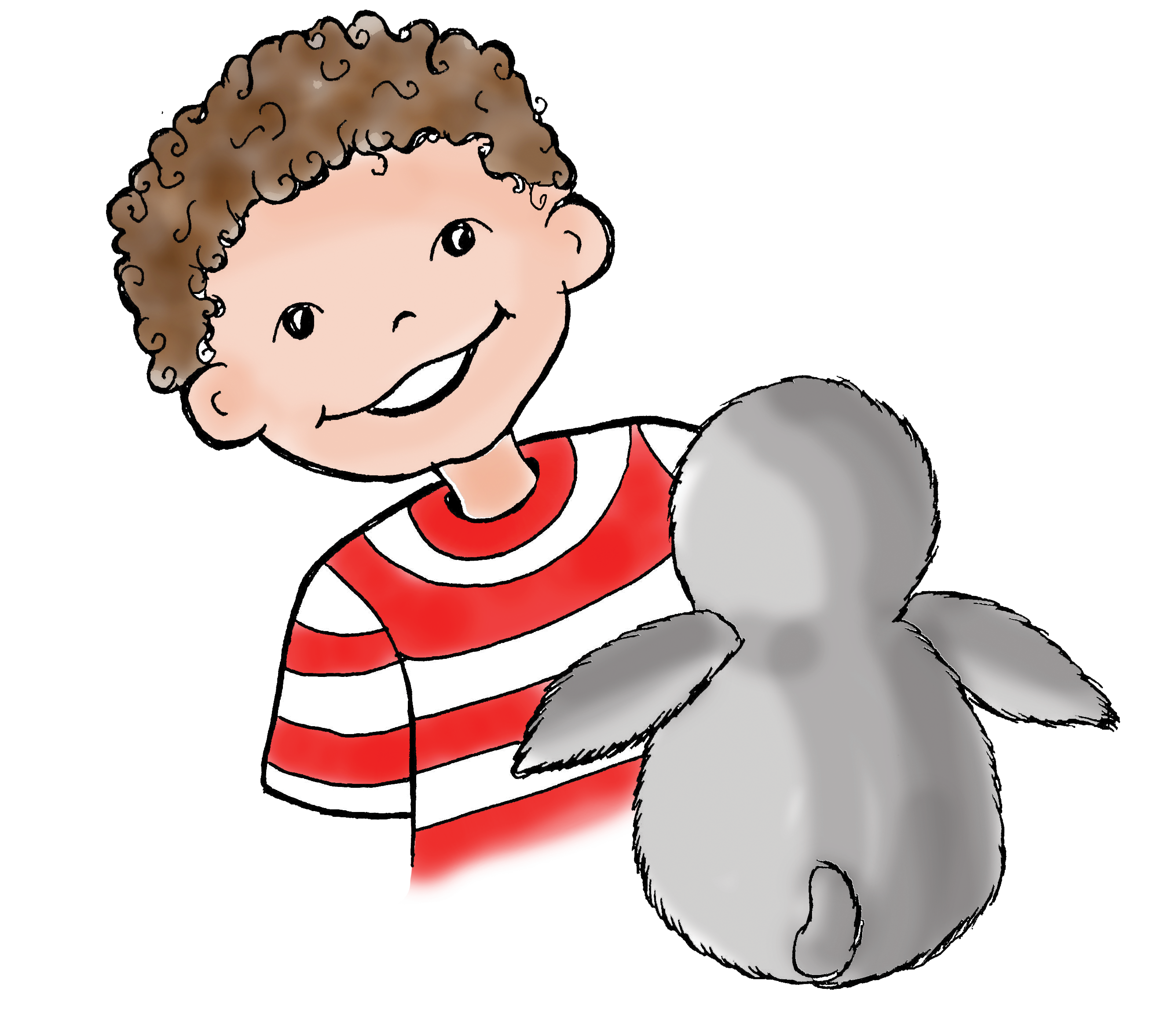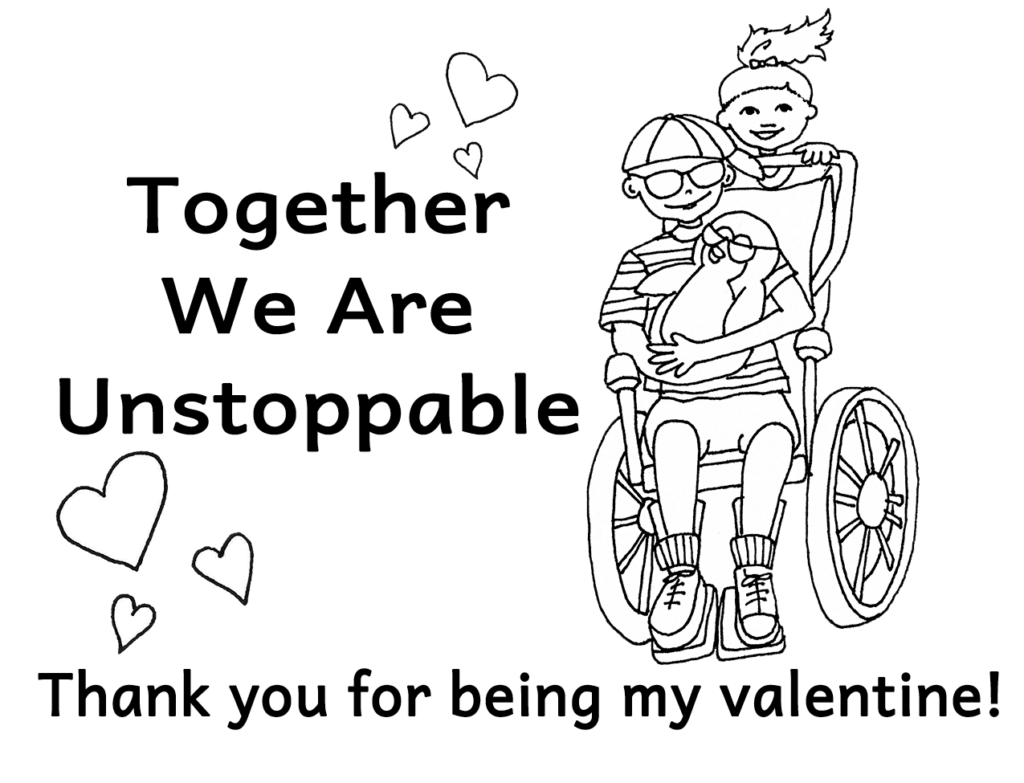
Quick Ways to Include Your Children in Shared Reading
Improve reading for emergent, beginning and conventional readers
Ann Yurcek, Jodee Kulp and Marcia Chambers are offering our 2020-2021 public school Furry The LIttle Penguins That Could curriculum FREE TO FAMILIES during this time of social distancing – SIGN UP TODAY! No strings attached!
Page-turning ideas, you can ask your child to:
- Signal to turn the page
- Turn the page
- Provide the click to change the page
- Provide the swiping motion.
- After you have read the story once aloud and talked about the chapter, read the chapter again.
- When you reach a word you and the child are practicing, keep your finger in place, pause, and allow the child to indicate the word with a sign, blink, click, breath or motion you have selected. Please do not do this with emergent readers as it will confuse their thinking process and the flow of listening to the story.
- Act out the story as it unfolds and take turns doing what the characters are doing.
- Pick an empowerment game card (FREE CURRICULUM FOR FAMILIES) Select ‘penguin’ or any other word you choose and say, “Look at this word. I will say the sounds in the word. You can say them in your head. Can you put a picture in your head?” More ideas available: http://web.utk.edu/~mbc/KnoxCountyNRAPresentation.pdf
- As you read, glide your finger under the word.
- Provide a penguin as a prop for the child and each time you find the word penguin encourage the child to move the penguin.
- Focus on Interest. If a chapter in Furry – The Little Penguins That Could pique an interest – take a field trip online to find more books on that subject.
Encouraging families to read together
- Growing Book By Book offers excellent ideas to share with families. One of Furry’s favorite reading times besides bedtime is the family dinner time. There is even a book club! https://growingbookbybook.com/literacy-activities/family-dinner-book-club/
- Listen to audiobooks instead of watching television for a week.
- Create a family reading time and ask your child’s opinion about what he or she is reading.
Promote and encourage a reading culture in your community.
- In your online communities – challenge each other and share what you are reading as an individual and family
- Celebrate a “Drop Everything and Read” moment (chores, errands, paperwork). Simply “drop” what you’re doing and pick up a book and read. http://www.dropeverythingandread.com/
- Independent Reading Passports – https://www.teacherspayteachers.com/Product/Independent-Reading-Program-Reading-Passports-2204920
- Check out 25 Ideas to Motivate Young Readers – Arrest that book, musical books, stand up – these ideas are worth checking out. https://www.educationworld.com/a_lesson/lesson/lesson035.shtml
- Host a “Once a Month Evening Read-In” Choose a book, add some pizza or popcorn.
- Students can bring Stuffies and wear pjs.
- Invite parents, community members, local television, author, or local sports figures to be mystery readers.
- Unveil the book for next month during the read-in.
- Run a “Get Caught Reading Raffle” – every time a teacher ‘catches’ a student reading the student gets a ticket and goes into the draw for a weekly prize.
- Have a book drive for your local police station of children’s books so they have a selection of books for children in crisis.
- Raise money with a Read-a-Thon Instead of spending time selling overpriced fundraising products, students focus on reading. Students commit to completing 10 reading sessions, ranging from 10-30 minutes a day for 10 days. They can choose any book they want to read. Readers build personal Read-a-thon pages that they share with friends and family using social media, email or text. Those friends and family are asked to support the reader by making a one-time online donation. https://www.read-a-thon.com/
- Check out Kids, Communities, and Cops https://littlefreelibrary.org/community/
- Create an online book club https://www.educationworld.com/a_admin/admin/admin255.shtml
- Host a community book swap where every book is free to trade and the remaining books are given to local non-profit, hospital, clinics or other places people may be sitting and waiting.
- Create an escape place for children to chill out and read when overwhelmed or need a break time.
- Check out 5 fun ways to get students to read aloud: https://minds-in-bloom.com/5-fun-ways-to-get-students-engaged-in/
- Download free lessons including a free homework pass https://drive.google.com/file/d/0B8XFVX0lPaN1V29KT1Zhcmc2QzA/view
- Have children join Storybird to write their own books https://storybird.com/
- Launch young readers with Reading Rockets http://www.readingrockets.org/
- Challenged readers check out Learning Ally https://learningally.org/
- Join the Little Free Library program. Little Free Libraries inspire a love of reading, build community, and sparks creativity by fostering neighborhood book exchanges around the world. If you have public transportation set up your Little Free Library near the bus or train stop. https://littlefreelibrary.org/
Let’s Go!




















 Beyond school time
Beyond school time 